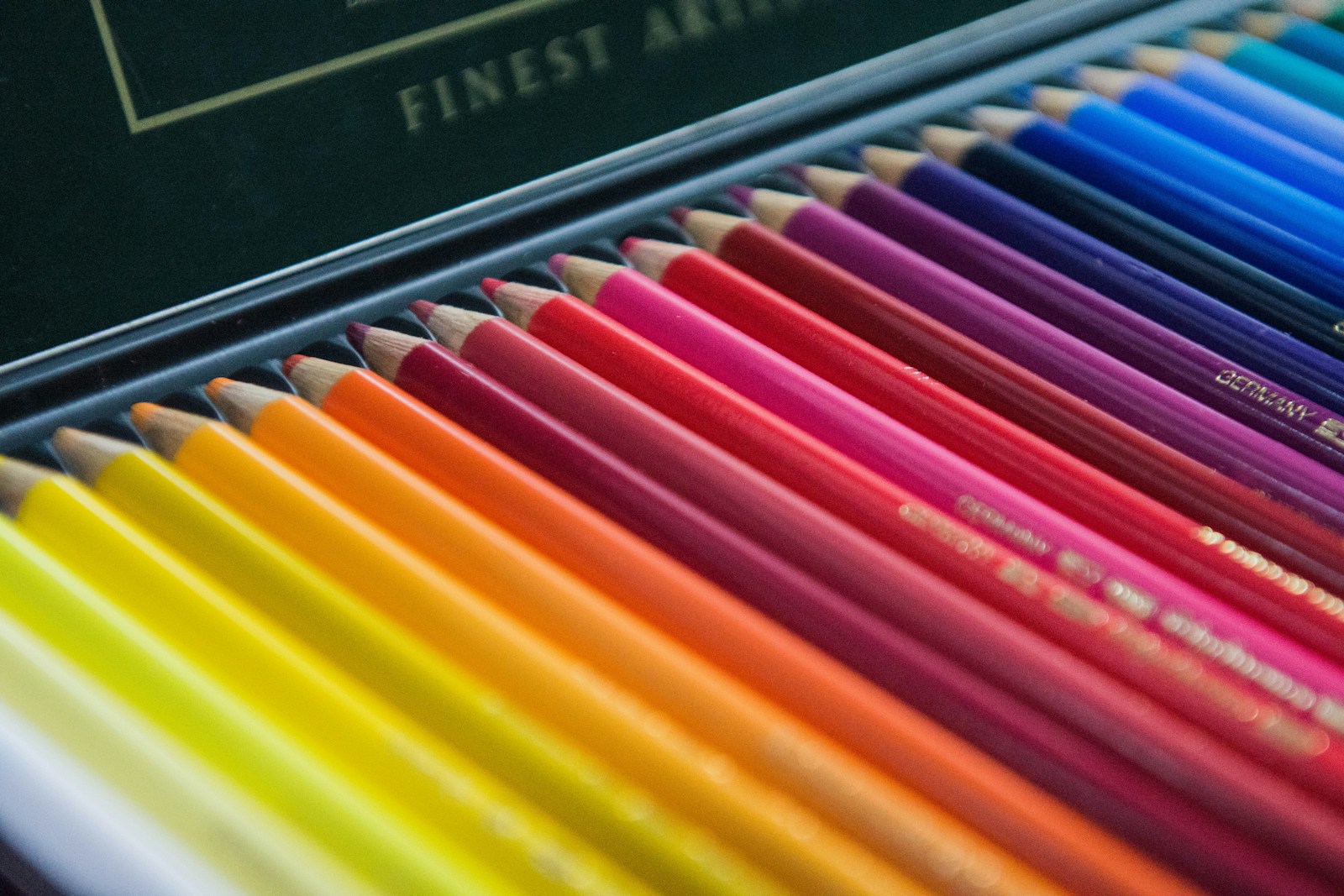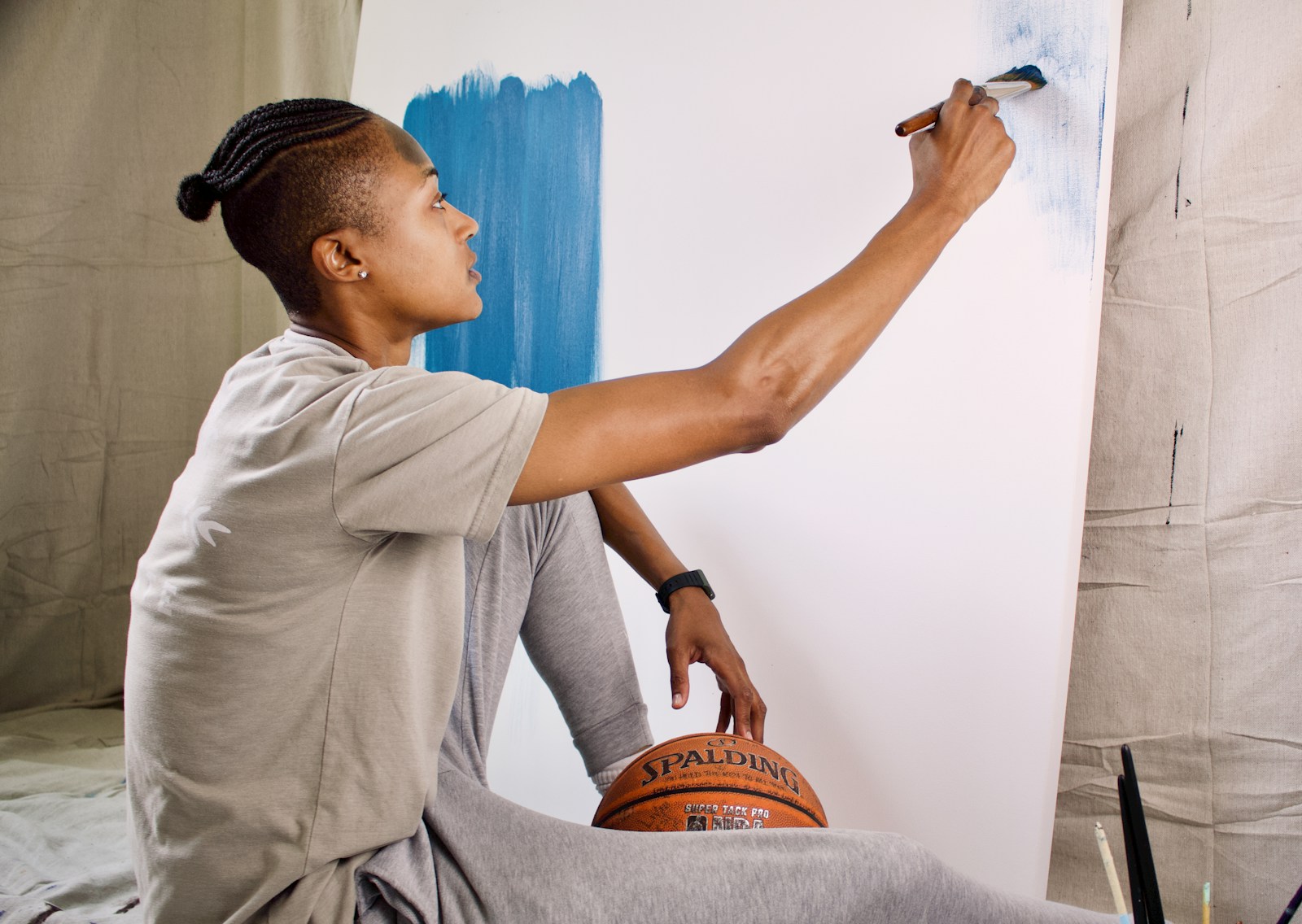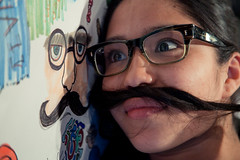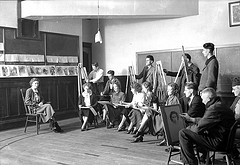by Manuel Marino | Drawing
 Drawing pencils, often recognized as the familiar yellow No. 2 pencils, are commonly purchased in packs and used in schools. These pencils are not recommended for drawing, as the tiny particles in the graphite, or lead, contain reflective particles. These particles can cause your drawing to exhibit glare from certain angles or produce an excessively silvery, unrealistic appearance.
Drawing pencils, often recognized as the familiar yellow No. 2 pencils, are commonly purchased in packs and used in schools. These pencils are not recommended for drawing, as the tiny particles in the graphite, or lead, contain reflective particles. These particles can cause your drawing to exhibit glare from certain angles or produce an excessively silvery, unrealistic appearance.
While these pencils can be useful for specific drawing techniques and parts of a drawing, they should not be used for the entire piece. Areas in which regular graphite pencils are suitable include shading the white of an eye, drawing glass, shiny or silvery metals, and smooth or glossy fabrics such as silk or satin.
It is important to note that although “ordinary” pencils contain graphite, there are also artist-quality graphite pencils available that are more suitable for drawing. The key difference lies in the filler mixed with the graphite, with varying amounts producing different levels of stiffness. Standard pencils have a hardness level in the middle of the scale, while artist pencils offer a wide range of fillers to choose from.
Drawing Pencil Grades:
- Extremely hard: 7H to 9H
- Very hard: 4H to 6H
- Hard: 3H to 4H
- Medium hard: H
… ...Read the rest.
“Drawing Pencils – what’s the Difference, and what type is Best?”
by Manuel Marino | Drawing
 Before embarking on any design work, you must first gather the necessary materials for pencil drawing. HB and B type pencils of various grades will be essential. However, choosing the right paper is crucial as it can make or break your pencil design.
Before embarking on any design work, you must first gather the necessary materials for pencil drawing. HB and B type pencils of various grades will be essential. However, choosing the right paper is crucial as it can make or break your pencil design.
Materials:
If the paper is too smooth or too pale, it will not allow the pencil to deposit the proper amount of particles, making it difficult for the artist to apply the right pressure on the pencil tip. Initially, you can use standard photocopying paper. Place two or three sheets on a piece of cardboard to provide more flexibility when drawing lines and working on shading’s darker and lighter parts.
Drawing Live Subjects:
To improve your drawing skills, practice drawing from life. Live subjects are anything you see before your eyes. Observe an object nearby and capture its image in your mind. Attempt to transfer the mental image onto paper. Drawing live objects allows you to correct any deviations in shape.
Shading:
To show contrasts of light, skillful use of the pencil is necessary. In pencil design, shading is an aspect that brings out the best in an artist. Balanced shading can create an image as beautiful
… ...Read the rest.
“Pencil Drawing Tips And Tricks For Budding Artists”
by Manuel Marino | Drawing
A visual drawing tablet is an investment that many people haven’t even considered. Little do they know that by investing in one, they could significantly simplify the completion of their projects. Whether you’re familiar with graphic tablets or not, chances are you don’t know much about how these devices can help you develop and enhance your digital art and imaging skills.
There are numerous features you can expect when using a graphic drawing tablet. However, before purchasing this innovative device, consider the following factors to make the best choice for your needs.
Size Matters
Bigger doesn’t always mean better. Ensure the tablet is manageable, especially if you’re not using it for professional purposes. The most popular models for home users are typically 4 by 5 inches, while professionals might opt for slightly larger sizes. Many people choose a smaller screen size to minimize the arm movement required to operate the graphics tablet.
Connectivity
It’s essential to be satisfied with how your computer and graphic drawing tablet connect, or you’ll end up frustrated every time you use them together. Luckily, you can now easily find tablets that connect via USB, which is the preferred method. However, … ...Read the rest.
“Do You Want a Graphic Drawing Tablet?”
by Manuel Marino | Drawing
Portrait painting or portrait drawing is a genre within both painting and drawing. In this genre, the artist’s goal is to depict the visual appearance of the subject or person whose portrait is being created. Here are some basic guidelines to follow while drawing a portrait.
When looking at the face you will draw for the first time, you should carefully observe the geometrical proportions of the various parts of the face, including the eyes, nose, mouth, hair, and other elements that make up a human face.
Artists should not overlook the differences in size and shape of the upper and lower eyelids. Observe closely how the upper eyelid covers a portion of the entire eye. This will be your first step in drawing the eyes; after that, start drawing the iris and then sketch the eyelids around it.
It is a common belief that both eyes of a person are identical in size and shape. However, this may not be true for everyone. Our eyes are not perfect mirror images of each other. Additionally, the shape of an eye varies with the movement of the eyelids. Wind can also affect the position of the eyelids … ...Read the rest.
“Lear Portrait Drawing – Stage One”
by Manuel Marino | Drawing
Many people have inquired about my graphite wash technique for creating authentic graphite drawings. The method I use gives the artwork a unique, one-of-a-kind appearance. Here’s the process I follow to achieve this look:
First, I prefer using a cold press illustration board with medium tooth for a subtle texture. The texture is crucial; if the board is too smooth, it won’t grip the washes as you make your strokes, resulting in a washed-out appearance without the desired texture. It’s also important to use a double-thick board, as it can withstand a significant amount of water without warping. A single-thick standard board may warp and crack as you apply more layers of wash.
Second, I shave a 2B water-soluble graphite pencil and let it dissolve for a day or two in a plastic or ceramic dish. Next, I dampen the board with a spray bottle so that the entire surface is wet but not soaked. I then add some of the water-soluble mixture to the board, striving to create a unique pattern. It’s crucial to let the mixture dry for several days before proceeding; if the board isn’t completely dry, your pencil could damage the surface. I repeat this process … ...Read the rest.
“Custom Graphite Drawing Technique”
by Manuel Marino | Drawing
Always remember that there is a distinction between an artist and someone who must draw precisely for a living, such as architects or engineers. Precise drawings serve a practical purpose in these professions; they must be accurate, or the project fails. Consequently, architects and engineers are bound by this invisible directive and must draw with precision.
Artists, on the other hand, do not have these constraints. Some artists consciously choose to draw close to reality and impose these rules upon themselves. Realism demands skills, and the best artists can capture reality on paper or canvas.
However, it’s essential to note that artists have a choice. They possess the flexibility to incorporate their interpretations into their drawings, giving them meaning that they want others to perceive.
For example, a portrait artist may intentionally give the subject a polished appearance, acknowledging the importance of makeup to the individual. Alternatively, they may capture the wisdom of an older couple with a few detailed lines on their faces. By skillfully manipulating shades and hues, experienced artists can enhance the focus of their drawings.
This is not to say that aspiring artists should shy away from learning … ...Read the rest.
“The art of drawing”
 Drawing pencils, often recognized as the familiar yellow No. 2 pencils, are commonly purchased in packs and used in schools. These pencils are not recommended for drawing, as the tiny particles in the graphite, or lead, contain reflective particles. These particles can cause your drawing to exhibit glare from certain angles or produce an excessively silvery, unrealistic appearance.
Drawing pencils, often recognized as the familiar yellow No. 2 pencils, are commonly purchased in packs and used in schools. These pencils are not recommended for drawing, as the tiny particles in the graphite, or lead, contain reflective particles. These particles can cause your drawing to exhibit glare from certain angles or produce an excessively silvery, unrealistic appearance.

 Manuel is a passionate, driven, and techsavvy AV technician,
Manuel is a passionate, driven, and techsavvy AV technician,  Before embarking on any design work, you must first gather the necessary materials for pencil drawing. HB and B type pencils of various grades will be essential. However, choosing the right paper is crucial as it can make or break your pencil design.
Before embarking on any design work, you must first gather the necessary materials for pencil drawing. HB and B type pencils of various grades will be essential. However, choosing the right paper is crucial as it can make or break your pencil design.



Recent Comments